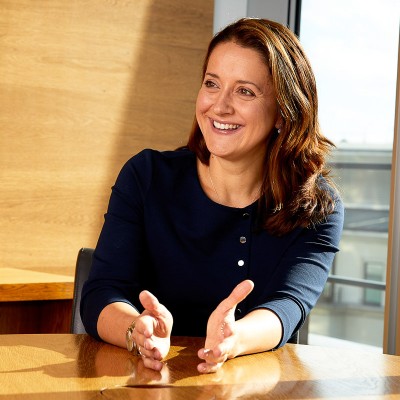Digital marketing for financial advisers | Part II
Channelling | Why choosing the right channels define your digital success
Digital has transformed the marketing industry and its application across all business. Marketing was once, perhaps incorrectly, perceived as the domain of big consumer brands. Brands for whom marketing meant budget. Budget meant big spend on big media. When many thought about marketing they thought big blockbuster TV and billboard campaigns.
But marketing is about so much more than that. As a child of the 80’s and a multi-decade marketer, I’m a digital adopter rather than native. I can still remember my first email (and mobile) in the early noughties. I still live by the fundamentals of marketing – the 4 P’s, and the like. Successful marketing is about way more than just promotion. Yet it’s hard to argue against the case that digital has changed us all forever – and it’s here to stay.
In a sense, digital marketing has been a great leveller in terms of marketing. It has democratised the discipline and enabled smaller businesses and brands to build a profile and customer base without multi-million-pound budgets. You only have to look at digital success stories like Gymshark to see its impact. Brands can now be established in garages and taken to an audience of millions online. Often without following the well-worn path of the brands of yesterday.
Digital has also had added a few potential pitfalls that brands of all types need to be aware of; that they need to guard against. The first of those, and the focus for this piece, is channels. Put simply, digital has given marketers more options of how and where to engage with prospects and customers. These options are welcome, but choices increase the opportunity for mistakes or lost opportunities.
In the first article in the series, I outlined the need to stop and think before building out digital marketing activities – the best things are built on solid plans. The same goes for a digital channel strategy.
When you’re embarking on your own digital revolution, it can be tempting to gravitate or plump for those channels you know best, or those where the barriers to entry or activity are lowest. But as always, it’s best to take a step back and ask some key questions first.
Where do your audience ‘live’?
First, after successfully defining who your target audience is (see article one), it’s time to ask where they ‘live’. Where do they spend time online? How do they engage with you – face to face, over the phone, over email or others?
Equally, you need to ask yourself where do they ‘act’? It could be that one channel is great for profile, visibility and brand – but not great for engagement or conversion. This creates the need to go a bit deeper to pick the right channels for your strategy – to tailor it to your goals.
It could be that you don’t know the answer to these questions. If so, what better way to find out than to ask. Digital engagement isn’t always about telling or sharing, it should be about asking – finding out the digital channels that your clients and prospects favour is a great way to open a conversation, to show you are open and trying to find out more about them. That can only be positive.
So, what are the options?
Ok, so you’ve done the groundwork and built the foundations of strategy and now have a better understanding of where your customers and prospects are, and how they engage. What are the digital channels available to you to utilise through your digital strategy? Here’s a whistle stop tour.
Search traffic
Search traffic (meaning web traffic which navigates to your website via a search engine) is split into two distinct categories.
Organic search is visitors acquired without any paid intervention on search engines, whilst paid search refers to traffic acquired through paid activity – bidding against certain search terms.
Successful search marketing strategies typically require at least one of two things. Either enough budget to successfully target certain search terms (for example “buy life insurance”) or enough time (and resource) to nail an SEO / SEM strategy – where you perform so well against targeted search terms, your website will appear near the top of rankings and pick up volume traffic.
I sometimes wonder why in a world containing numerous instant messaging platforms, email still exists, but it does. Email remains a relevant (and often free) channel to engage with and influence prospects and customers alike. To get going you only need three simple things. A set of data / email addresses, an email platform (you can use your typical one, but it is not recommended for larger audiences) and something to say. It’s this last point where you should spend the most time. Try to work out the parameters of your comms programme – what messages do you want to land, what value can you add?
Social
Given the prominence of social media and its various channels, this is often the first destination of many brands investing in marketing for the first time. But it isn’t that simple, there are numerous social channels each with different users, a different purpose which can in turn bring different benefits.
Again, the initial key to success is not to simply choose the network you’re most familiar with, but to choose the one where your target audience lives and is most likely to engage with your posts and content. For example, whilst many advisers will gravitate towards LinkedIn, that may not be the best place to find your audience of today and tomorrow.
Find the webinar here
























